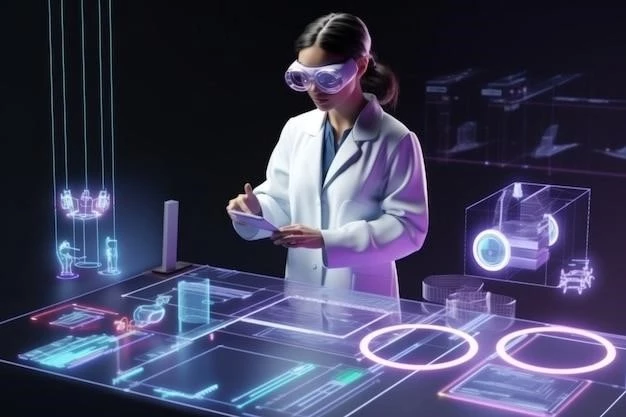Healthcare disparities are a pressing issue in our society‚ and I‚ like many others‚ have witnessed firsthand the devastating consequences of unequal access to quality healthcare. Growing up in a low-income neighborhood‚ I saw how limited resources and lack of access to technology could significantly impact the health outcomes of my community. This experience ignited a passion in me to explore how technology and innovation could be leveraged to bridge the gap in healthcare access and address these disparities.
Telemedicine: Breaking Down Barriers to Access
One of the most impactful technological advancements in healthcare has been the rise of telemedicine. I personally benefited from this when I was diagnosed with a chronic illness. Living far from specialized healthcare facilities‚ telemedicine allowed me to connect with specialists remotely‚ eliminating the need for costly and time-consuming travel.
Telemedicine platforms like Zoom and Skype offer convenient and affordable ways for patients to access virtual consultations‚ follow-up appointments‚ and even remote monitoring. This technology is particularly beneficial for underserved communities‚ where access to transportation‚ childcare‚ and time off from work can be major obstacles to seeking healthcare.
Artificial Intelligence: Enhancing Diagnosis and Treatment
Artificial intelligence (AI) is another game-changer in the fight against healthcare disparities. AI-powered tools can analyze vast amounts of medical data to identify patterns and predict health risks‚ enabling early detection and intervention.
During a recent health screening‚ I was impressed by how AI was used to analyze my medical history and genetic information to assess my risk for certain diseases. This personalized approach to healthcare allows for more targeted interventions and better outcomes.
Mobile Health Apps: Empowering Patients
Mobile health apps are revolutionizing how we manage our health. I use several apps to track my medication‚ monitor my blood sugar levels‚ and even connect with my healthcare providers.
These apps are particularly valuable for patients with chronic conditions who need constant monitoring and support. They can also provide access to educational resources and promote healthy habits‚ empowering individuals to take control of their health.

The Importance of Digital Literacy
While technology holds immense promise for addressing healthcare disparities‚ it’s crucial to acknowledge the digital divide. Not everyone has equal access to technology and the skills needed to utilize it effectively.
My experience working with community organizations has highlighted the importance of digital literacy programs. These programs can empower individuals to navigate the digital world‚ access healthcare information‚ and utilize health apps effectively.

Conclusion: A Collaborative Approach
Addressing healthcare disparities requires a multi-faceted approach that combines technological advancements with social and economic interventions. Technology can be a powerful tool to bridge the gap in access to healthcare‚ but it’s essential to address the underlying social determinants of health that contribute to disparities.
By investing in digital literacy programs‚ expanding access to technology‚ and promoting ethical and equitable use of AI‚ we can leverage innovation to create a more just and equitable healthcare system for all.










